It’s that sickening moment when you realise you’re filling up with petrol ‑ but your car is actually a diesel. Don’t beat yourself up: you’re not alone.
According to the AA, around 20,000 people every year call on its services after doing the same thing, or in rarer cases adding diesel to a petrol-powered car. In the UK there are estimated to be 150,000 misfuels annually. And it’s especially common over the Christmas period and summer holidays, when more people are setting off in their car, with other things on their mind, and reaching for the wrong pump at the filling station…

If you’re unfortunate enough to become a statistic, once you’ve realised what you’ve done, it’s time to go into damage limitation mode. Do the wrong thing and it could cost you an awful lot of money, not to mention aggravation.
Do the right thing and you might get away with a couple of hundred quid and something to laugh about when recounting the story to family and friends.
Put petrol in your diesel? Here’s what to do
Or rather what not to do. Most importantly, the moment you realise you’ve put the wrong fuel in, do not start the engine. Don’t even get into the car. The AA’s Greg Carter, a former patrol technician said: “On some cars, as soon as you pull the driver’s door handle, the fuel pump primes.
“That’s not as serious as actually starting the engine, but it’s best not to do either. If you need to get your phone to call for help, go in through the passenger door. Don’t even think about starting the engine to move the car out of people’s way. That will make the damage serious.”
If you’re not already in the kiosk or shop, go in and explain to staff what you’ve done. They will help manage the situation, perhaps placing cones around your vehicle or, if practical, helping push it to a parking space. Either way, the engine won’t be running specialist help arrives. Depending on the time of day, this might make you as popular as a positive COVID test. But we’d like to imagine that the staff at the filling station and most motorists will be sympathetic to your plight.
Who you gonna call?
You need to ring either your breakdown service or one of the specialist companies that deals with the problem of putting the wrong fuel in your car. Whichever knight in a shiny van comes to your rescue, the first thing they’re likely to do is go into your car’s fuse box and take out the fuel pump fuse.
The AA’s Greg Carter said: “They’ll then probably attach a siphon to the fuel line and drain the tank completely. This should be followed by a flush of the system with a few litres of the correct fuel and they’ll put an additive in too. It’s actually a very simple process and it’s usually very successful.
“The difficulty is in the health and safety of storing, transporting and disposing of the fuel that’s been taken out.”
Assuming you haven’t started the engine, the whole process should take around an hour and you’ll be about £200 poorer afterwards. But hey, it could be a whole lot worse…
What if you’ve started your engine?
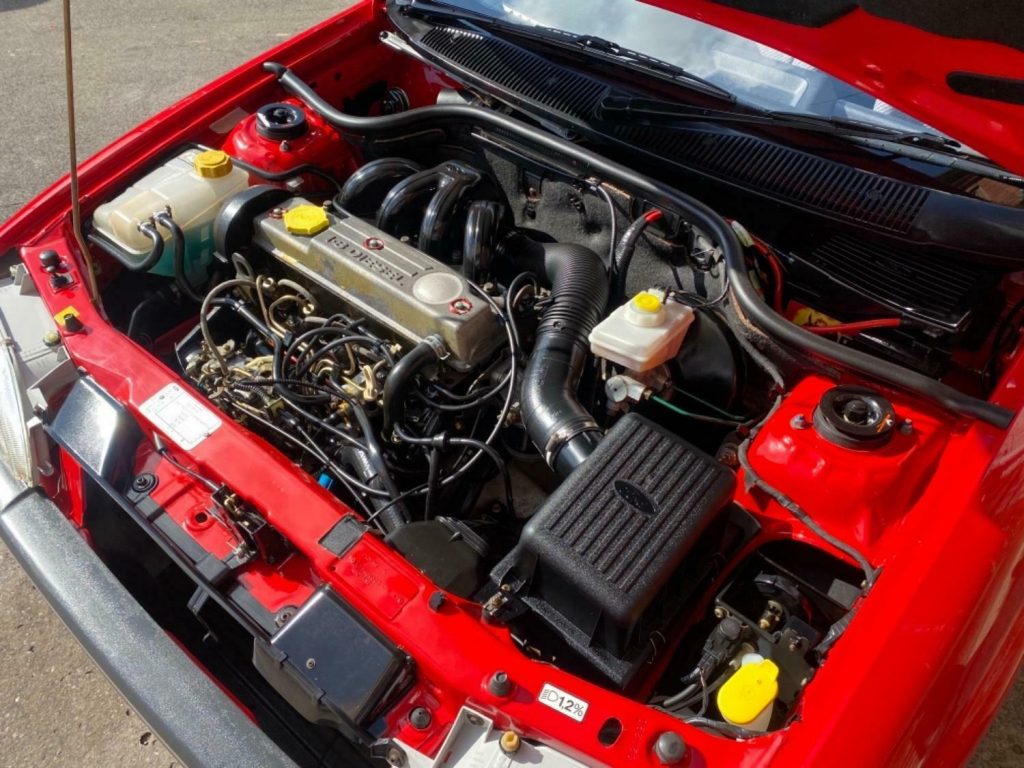
Bad luck – things could get nasty. When the wrong fuel is contained in the tank it can’t do much harm. As soon as it’s pumped into the engine, it contaminates fuel lines, filters, injectors and the fuel pump.
Greg Carter explained: “Petrol is much more corrosive and aggressive than diesel. If you ever want to clean any oily bits, about the best thing you can use is petrol. And that’s bad news for an engine.
“The trouble with modern diesel engines is the tolerances are so tight. High pressure fuel pumps are very high-tech pieces of kit, running at tens of thousands of bars of pressure. Anything that reduces lubrication in that can cause serious damage.”
How much will it cost?
This is one of those mistakes that you’re unlikely to forget making. And that’s a good thing because, well, you don’t want to do it twice. But while keeping it in the back of your mind, put it down to life’s rich tapestry and move on. Otherwise, you’ll beat yourself up so much you’ll feel like you’ve done 10 rounds with Anthony Joshua.
Put petrol into a diesel car, start the engine and drive off and it could cost you thousands of pounds. In a premium performance car with a large capacity engine, the RAC estimates it could cost as much as £5,000 to fix.
That’s because the petrol will have flowed through the engine, wreaking havoc. In the worst case scenario, you may have to have new fuel lines, fuel pump, injectors and filters and maybe even a new fuel tank fitted. The final bill depends on your car and, frankly, how unlucky you’ve been, but you’ll have to be sitting down to read it.
Unfortunately, even if you don’t start your car, it could be pricey mistake if you have a warranty in place and wish for it to be honoured. Greg Carter added: “A lot of car makers have zero tolerance to misfuelling and if you tell them you’ve done it, even if you haven’t started the engine, they’ll insist you replace various components. It’s a belt and braces approach because of the warranty.”
Do remember to check your vehicle insurance policy, as some providers protect against this as part of accidental damage, while others offer it as a cost-option which you’ll be glad to have added if you did when taking out the policy.
Will your car run on the wrong fuel?
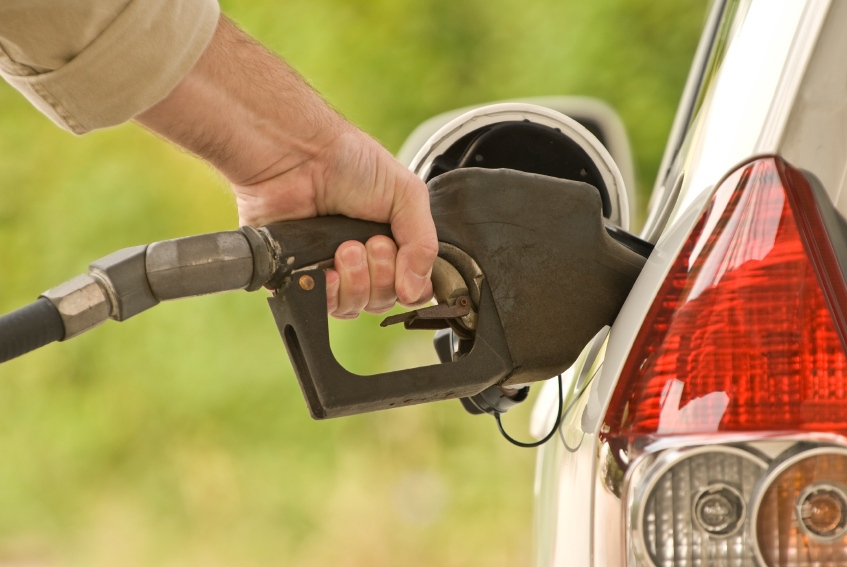
The engine will certainly start on the wrong fuel. But petrol needs a spark to ignite whereas diesel engines compress air which then ignites spontaneously. A diesel car with a warm engine that’s been filled up with petrol will probably start because of the diesel already in the engine. It may drive a short distance, but then you’ll conk out.
You’ll have to try really hard to squeeze diesel into a petrol car because the diesel pump nozzle is bigger than the fuel filler in most petrol cars. And if you do manage it, the AA says it won’t run because the heavy, oily diesel doesn’t ignite as easily as petrol.
Why is the wrong fuel so bad?
Petrol is a solvent; diesel engines are designed to use their fuel as a lubricant. So when petrol runs through a diesel engine, it’ll strip out the diesel from all the nooks and crannies. The increase in friction will then cause things to get very hot indeed.
Parts like the fuel pump will relatively quickly go into cardiac arrest, causing your car to come to a shuddering halt. “Fuel pump failure after misfuelling is quite common,” Greg Carter said. “You could misfuel, think you’ve got away with it, then 10,000 miles later the fuel pump will destroy itself.”
If you squeeze diesel into a petrol and manage to drive off, you may damage the catalytic converter. That’s bad news because it could cost you in excess of £1,000 to replace.
What about just a bit of petrol?
If you start filling your car up and quickly realise your mistake, within say adding a couple of litres, you may think you’ve had a lucky escape. Sadly no. Greg Carter delivered the bad news: “Even when it’s diluted, a diesel car with a 30 per cent mix of petrol in it will still suffer damage. That small amount of petrol might create abnormal heat in the cylinder head and result in damage. It’s best to get it pumped out just in case.”
Read more
Socket Set: How to clear drainage channels and stop your car leaking and rusting
Sleeping beauty: Follow these experts’ tips for storing your car over winter
Elbow Grease: How to clean a convertible’s fabric roof and streak-free glass

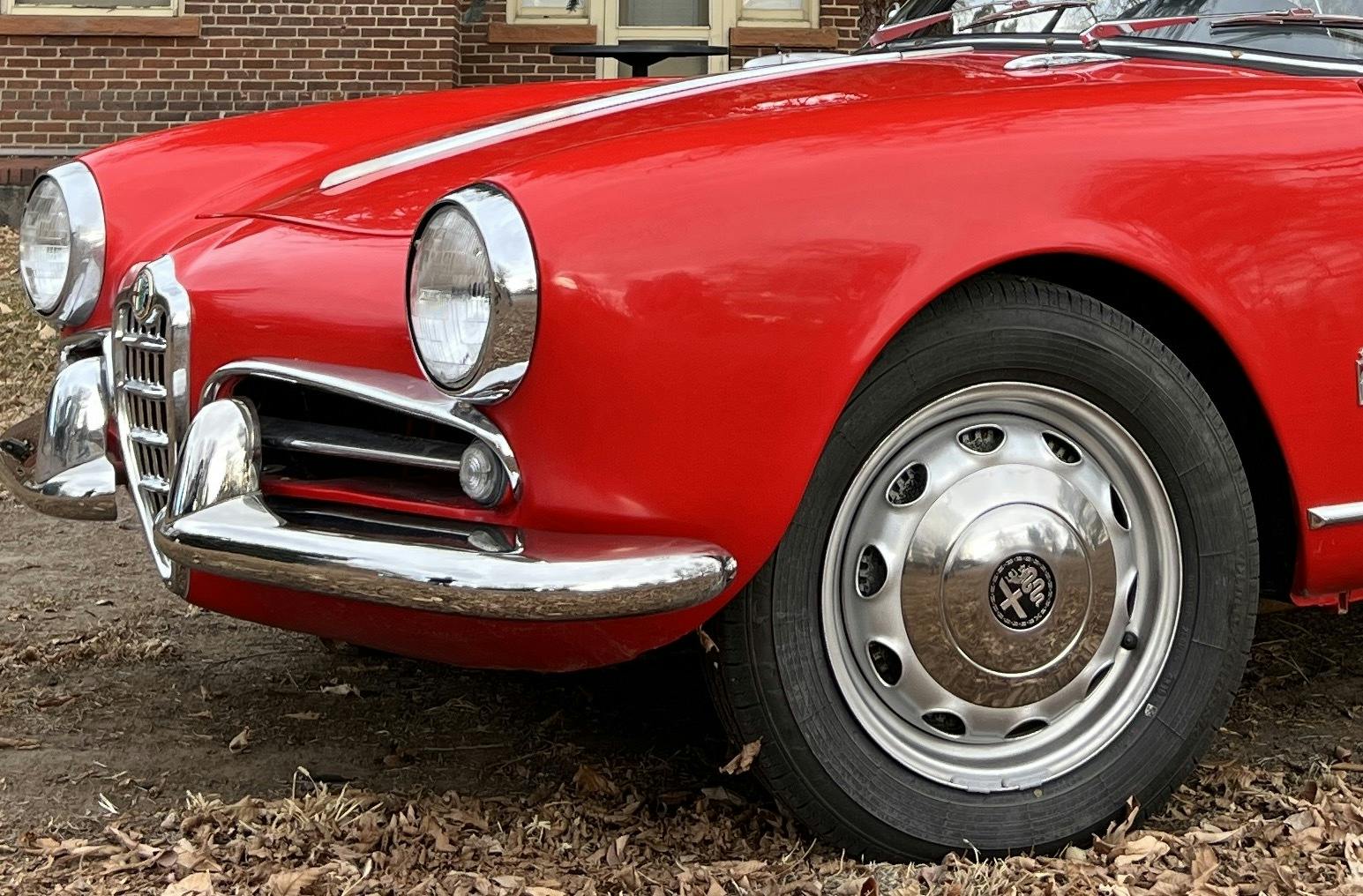
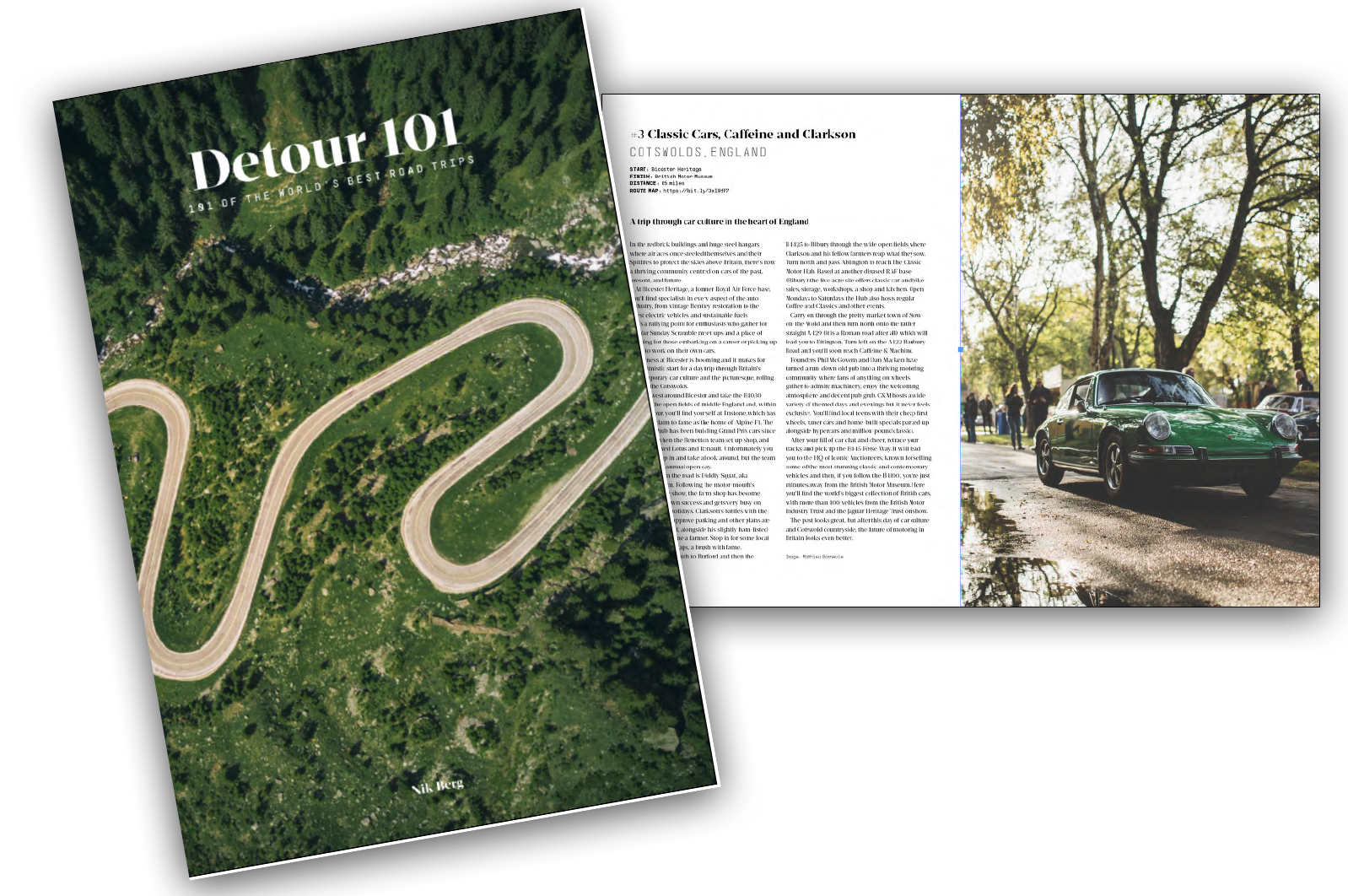

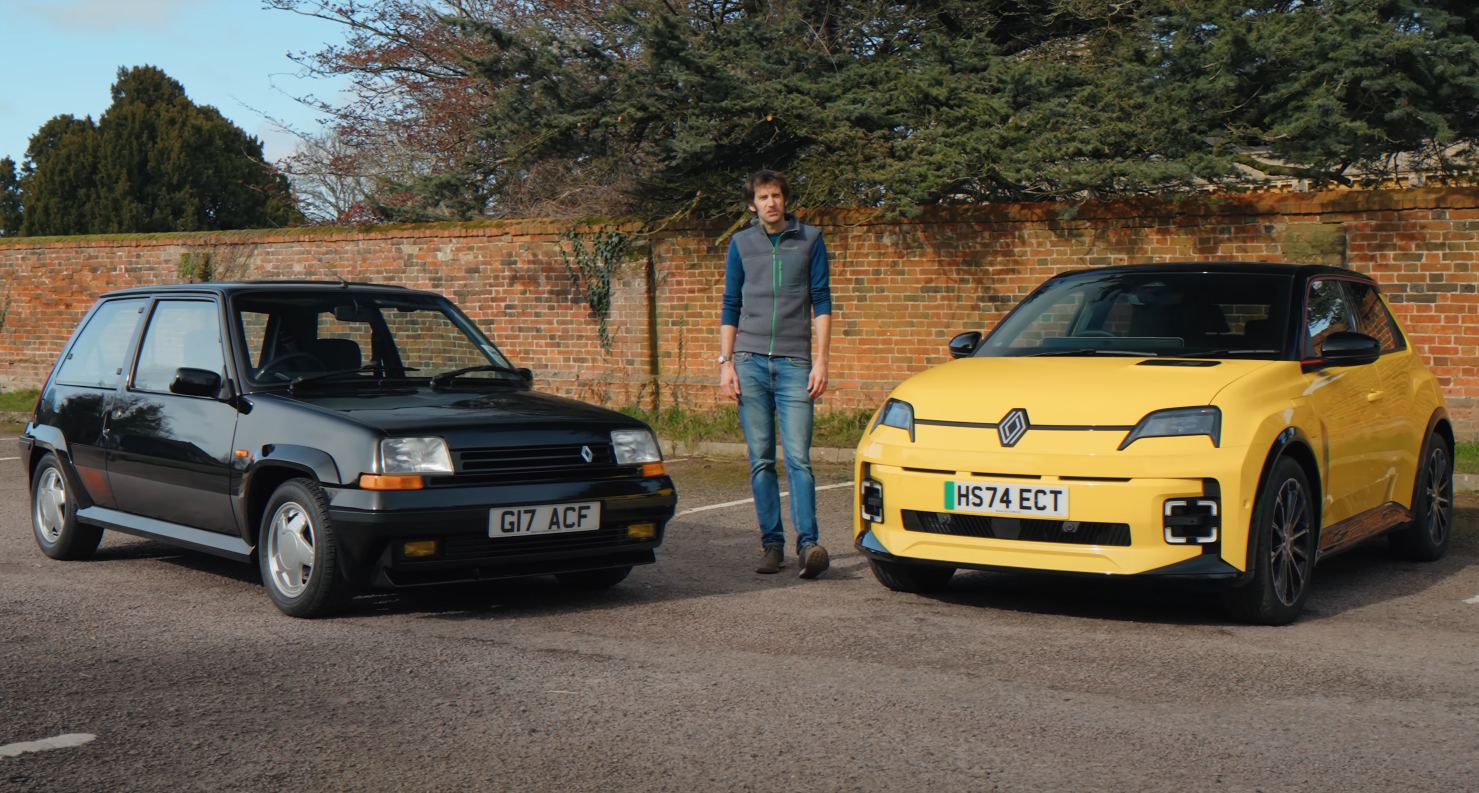





Ref incorrect fuel My wife filled up our disel with petrol and drove it a mile to home As a result it did cost us a tidy sum to get it .sorted
I pul 4.5 litres of petrol in my diesel, then added 40 litres of diesel. Does anyone think that it will be ok